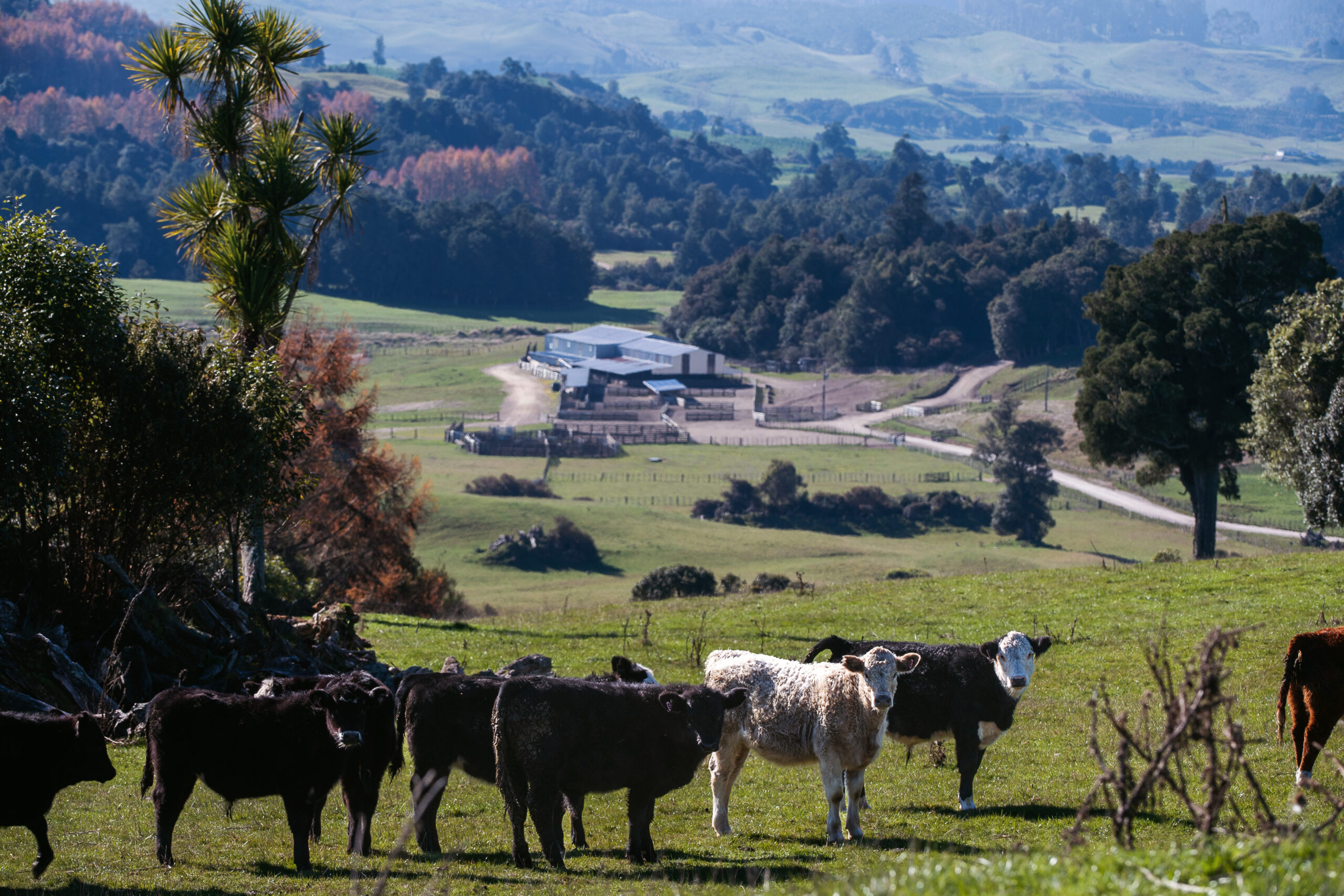By Tony Leggett

The stars are aligning for beef producers and the surge in demand from key export markets is expected to continue for at least the next two years.
Several new reports from farm consultancies, bank economists and market analysts are optimistic export beef prices will be strong for at least the short to medium term.
Farmgate pricing for bull beef, prime and cull cow was above five-year averages through the second quarter this year and continued climbing in quarter three.
Rabobank senior animal proteins analyst Jen Corkran says strong demand from the United States was underpinning most of the lift in farm gate returns for New Zealand beef farmers.
“The US has become New Zealand’s leading market for beef exports through 2024. Export values to the US surged over May and June and, for the first half of the year, volume to the US was up 8% year on year to 109,000 tonnes and the value was up 17%,” Corkran says.
By contrast, exports to China have dropped significantly, down 21% year on year over the same period to 89,500 tonnes, the equal lowest shipment volumes since 2020.
In NZ, procurement pressure from processors also added upside to prices.
“Prime cattle prices got close to 700c/kg carcase weight to start quarter three this year, well above the five-year average range. In saleyards, demand is high for rising one and two-year store bulls and prime beef animals,” she said.
“Good conditions on farm, with a largely kind winter when it comes to rainfall, has meant good feed utilisation as well as a general feeling of wellbeing around the beef industry.”
With local production volumes forecast to be steady to slightly down over the next 12 months, Corkran says NZ beef farmers are well positioned to enjoy above-average returns.
“Bull beef numbers on farm look to be below longer-term averages, with fewer animals reared in recent years,” Corkran says.
“Given the strong outlook, more dairy-beef calves may be reared over spring 2024 and, if it eventuates, this will add to beef production in New Zealand over 2026-27.”
Looking further out, for the first time ever, three of the major beef suppliers to the global market are rebuilding their herds.
Most of the reduction in size of the South America, North America and Australia herds is the result of weather events. There are reports out of the United States suggesting it could be 2025 before more heifers are retained to kick start the herd rebuild phase.
Global beef production is expected to contract slightly while this rebuilding phase plays out, lifting import prices.
Beef exporters are watching for signs of new life in demand from importers in China which has dominated global beef markets for the past five years.
Corkran says the good news is that Chinese consumers are showing a rising awareness of health and nutrition after the Covid pandemic which offers a good longer-term outlook for beef consumption in China.


